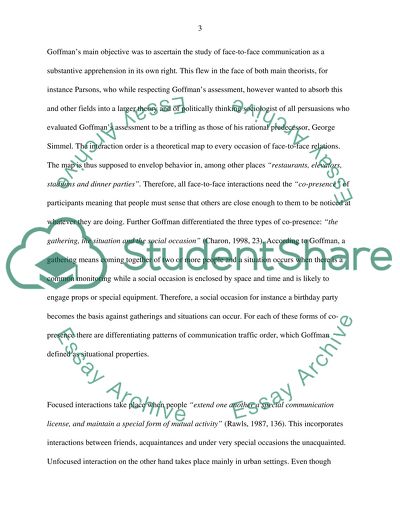Cite this document
(“In what ways does Goffman's work help us understand social interaction Essay”, n.d.)
Retrieved from https://studentshare.org/sociology/1460962-in-what-ways-does-goffman-s-work-help-us
Retrieved from https://studentshare.org/sociology/1460962-in-what-ways-does-goffman-s-work-help-us
(In What Ways Does Goffman'S Work Help Us Understand Social Interaction Essay)
https://studentshare.org/sociology/1460962-in-what-ways-does-goffman-s-work-help-us.
https://studentshare.org/sociology/1460962-in-what-ways-does-goffman-s-work-help-us.
“In What Ways Does Goffman'S Work Help Us Understand Social Interaction Essay”, n.d. https://studentshare.org/sociology/1460962-in-what-ways-does-goffman-s-work-help-us.


